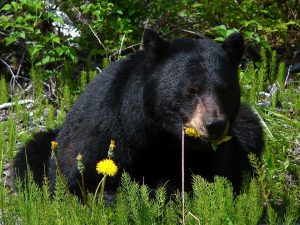After announcing a plan to blast ~1,500 mule deer from helicopters late last year, the Catalina Island Conservancy is suddenly thinking of reneging on the deal.
After months of protests and community outrage, the conservancy is now saying they just might, maybe, sorta, be kind of interested in exploring other options. After some harsh calls from an LA County Supervisor, whose previous comments were originally dismissed like last season’s trail cam pics, the conservancy has stated that they might now take some of them into consideration.
The supervisor came to the table with a number of non-lethal suggestions including relocation and, you guessed it, sterilization. While the supervisor did recognize that all of her ideas were far from perfect, she implored the conservancy to reconsider the decision of a complete cull.
While the Karens protestors are seemingly breathing a sigh of relief, the decision to stop the cull could have far worse consequences than cleaning out a few deer. Deer on Catalina Island are believed to be responsible for the decimation of vegetation native to the island such as manzanita and island scrub oak. According to scientists, they are moving into residential areas as well, grazing on both garden greenery and trash cans.
Despite being entrusted by the original land owners with managing the island’s native flora and fauna since 1919, the conservancy has put themselves in a tight spot. Flip flopping on the vision entrusted to them by the Wrigley family, who owned much of the island and deeded it to them, is something that is weighing on the conscience of the conservancy.
Previous culls have been undertaken by the organization and have proven to have been incredibly successful. With past culls of both goats and pigs, there wasn’t much of a pushback, but the resulting landscape improvements were difficult to ignore.
The unfortunate reality of decisions like this one ultimately come down to the animal in play. With many residents considering the deer an important part of the island’s natural beauty, sound science has its back up against the wall when it comes to making sound wildlife management decisions.
The final decision is expected to be made by the California Department of Fish and Wildlife later on in the year.




